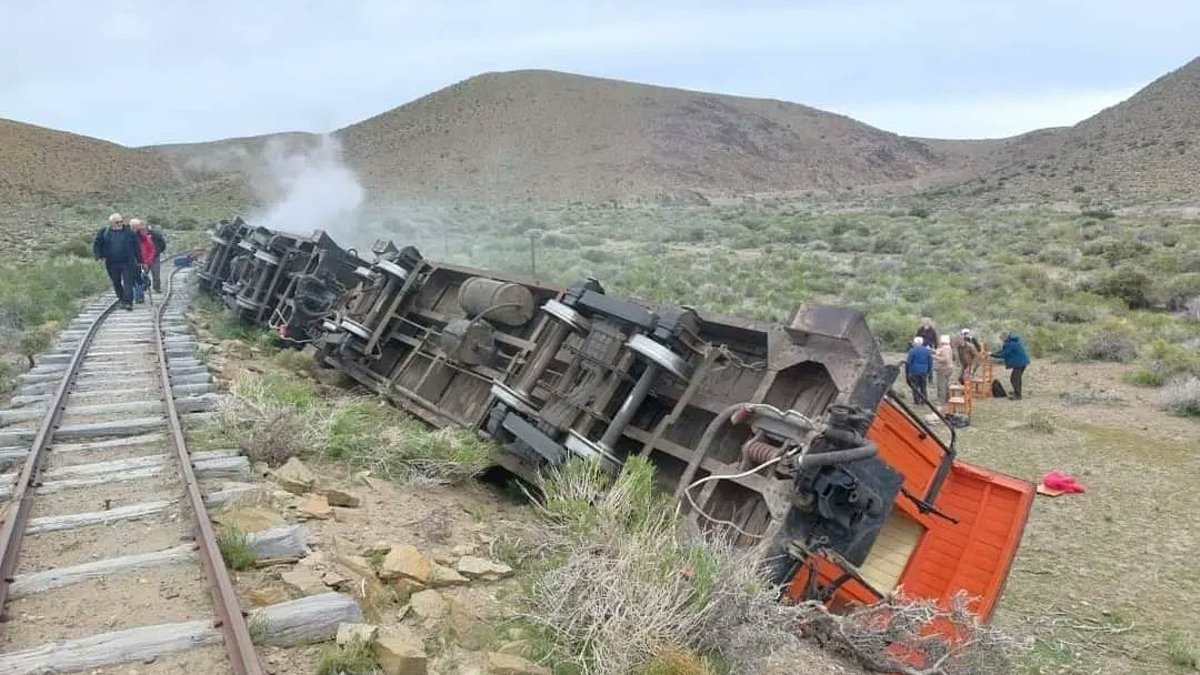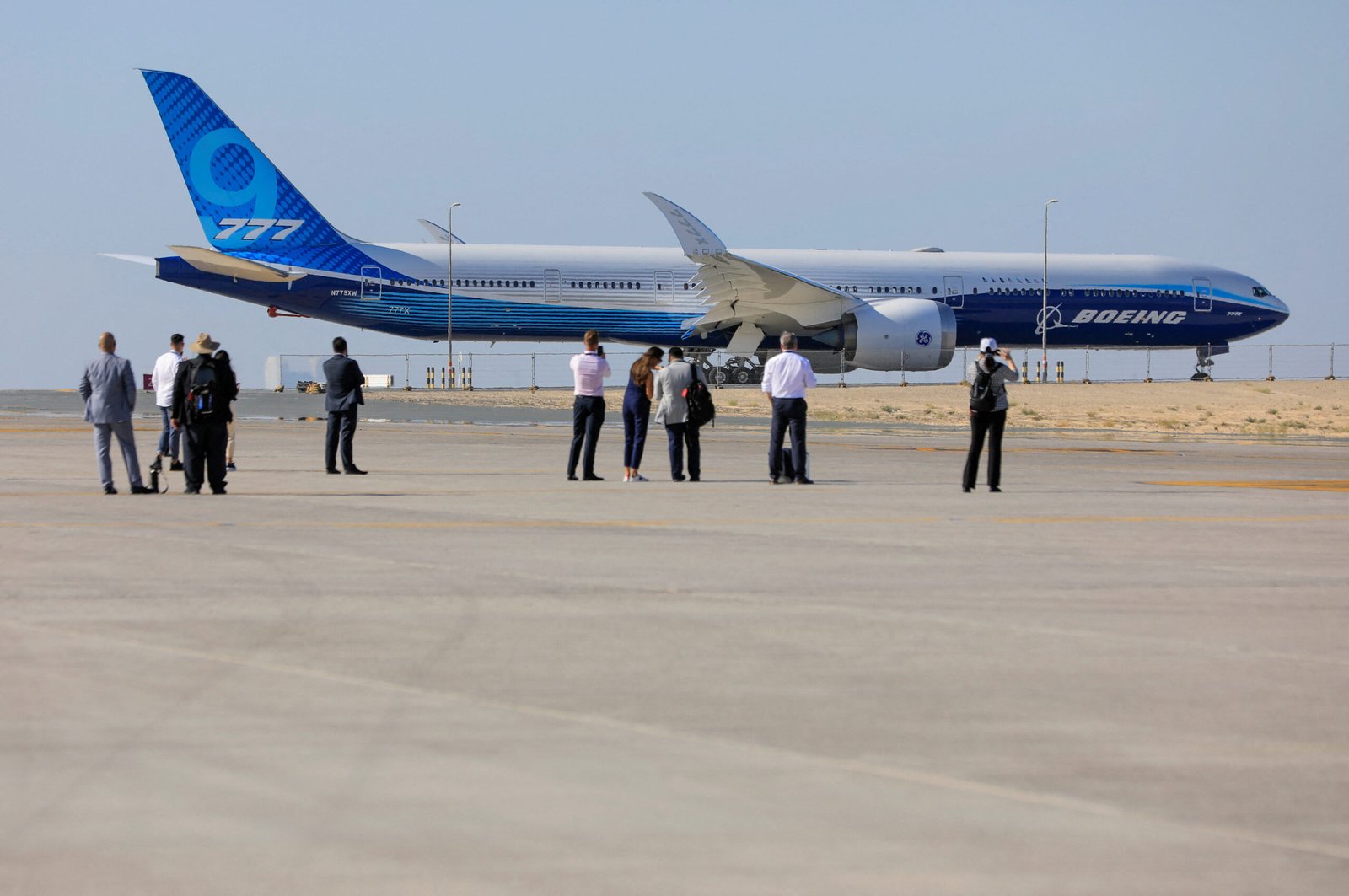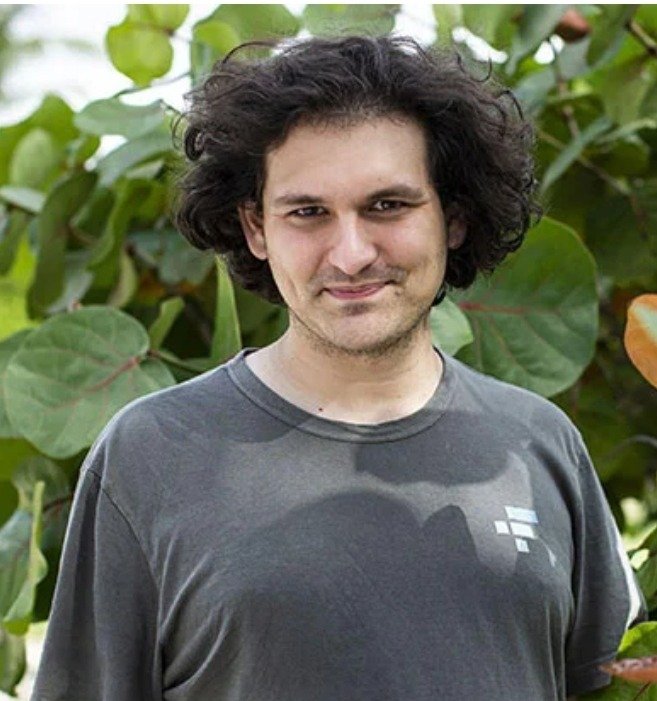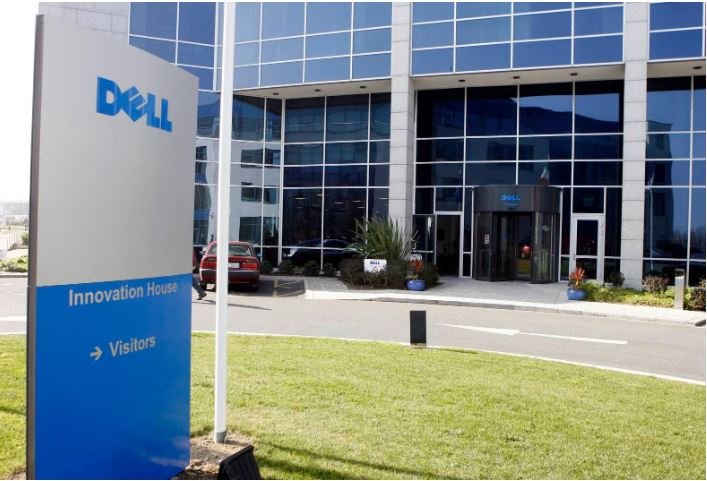Archaeologists are applying laser technology to digitally “unearth” Maya cities in Guatemala. The process will change what the world knows about the Maya Civilization, putting it on the same level of advanced civilizations with sophisticated cultures like ancient Greece or China.
Lasers have broad applications in drilling, cutting, alignment, guidance, and surgery. Everyday applications for the average person include reading bar codes and playing compact discs. Archaeologists, however, are using them for digital mapping: discovering ancient structures underground without having to physically dig them out.
Searching 770 square miles of dense forest area, they have discovered around 60,000 Maya structures that make up extensive cities, NPR reported. This technology gives archaeologists a new perspective into the Mayan civilization, including the revelation of an “almost industrial agricultural infrastructure” and insight on Maya warfare.
The discovery reveals a populated area three to four times denser than previously thought.
“I mean, we’re talking about millions of people, conservatively,” Thomas Garrison, an archaeologist at Ithaca College and a leader on the project, said. “Probably more than 10 million people.”
The researchers were particularly surprised by the “incredible defensive features” that included fortresses and moats. The Maya invested in protection more seriously than was thought, Garrison said:
“Everything is amplified and made much clearer for us and we see how it all fits together in a way that we have not seen before. We’re seeing it all laid bare, and saying, ‘OK, this is how all of this was connected and came together.’”
How did the researchers use lasers to get this data?
LiDAR Technology
Organized by PACUNAM LiDAR Initiative, researchers in Guatemala fired Light Detection and Ranging (AKA LiDAR) technology into the forest from an airplane overhead. The area of research was “more than double any other survey that’s been done with this technology,” according to Garrison.
The wide scope allowed the researchers to see patterns of individual city-states and sprawling support channels and networks that would have supported an extensively developed area.
“LiDAR is revolutionising archaeology the way the Hubble Space Telescope revolutionized astronomy,” Francisco Estrada-Belli, a Tulane University archaeologist, told National Geographic. “We’ll need 100 years to go through all [the data] and really understand what we’re seeing.”
The fired lasers pulse hundreds of thousands of times per second and bounce back to the plane from points of resistance to reveal measurement data. NPR called it “digital deforestation” in the description:
“Some of these pulses make it all the way down to the forest floor. The data is then used to visually strip away trees and plants, ultimately mapping only the structures that have been hidden by jungle.”
What’s So Special About LiDAR?
LiDAR technology saves an enormous amount of time for researchers. Garrison said that he worked as part of a team that spent eight years mapping (less than) a square mile. The project using LiDAR mapped 67 square miles in a few hours.
“It’s very humbling,” Garrison said. “For those of us that spent our lives mapping and slogging around this area… you just sort of have to bow before the LiDAR and accept the fact that it’s better than you are.”
Not only does it reveal mountains of data, but it preserves the current habitats above the buried structures.
“I think this is one of the greatest advances in over 150 years of Maya archaeology,” Stephan Houston, a professor of archaeology and anthropology at Brown University, told BBC. “I know it sounds hyperbolic but when I saw the imagery, it did bring tears to my eyes.”
Unquenchable desire to know what we achieved in the past and to fully understand history in every aspect fuels such discovery. Now, we wait for the researchers to interpret the mountain of new data to reveal a civilization we thought we knew.
























